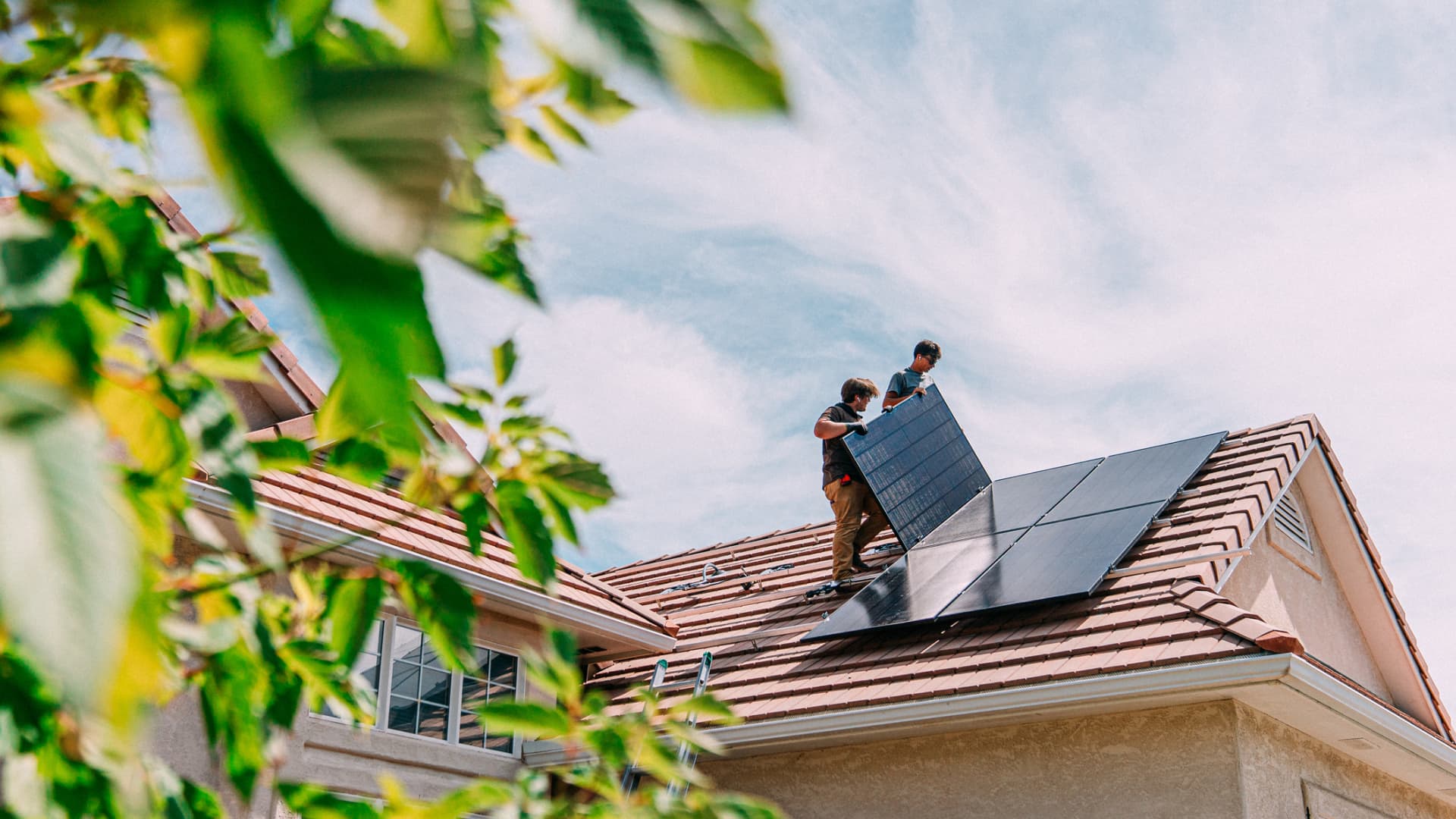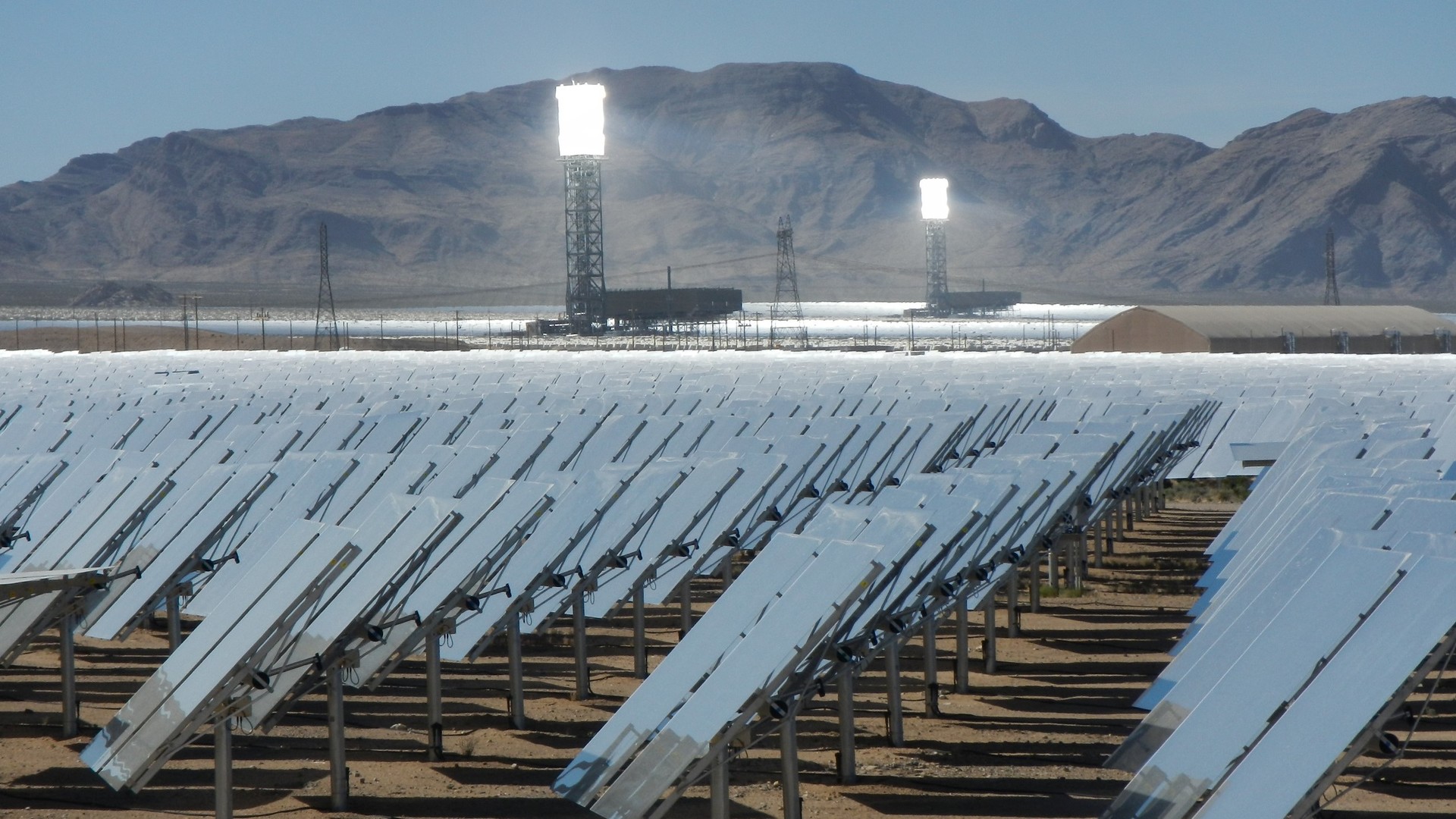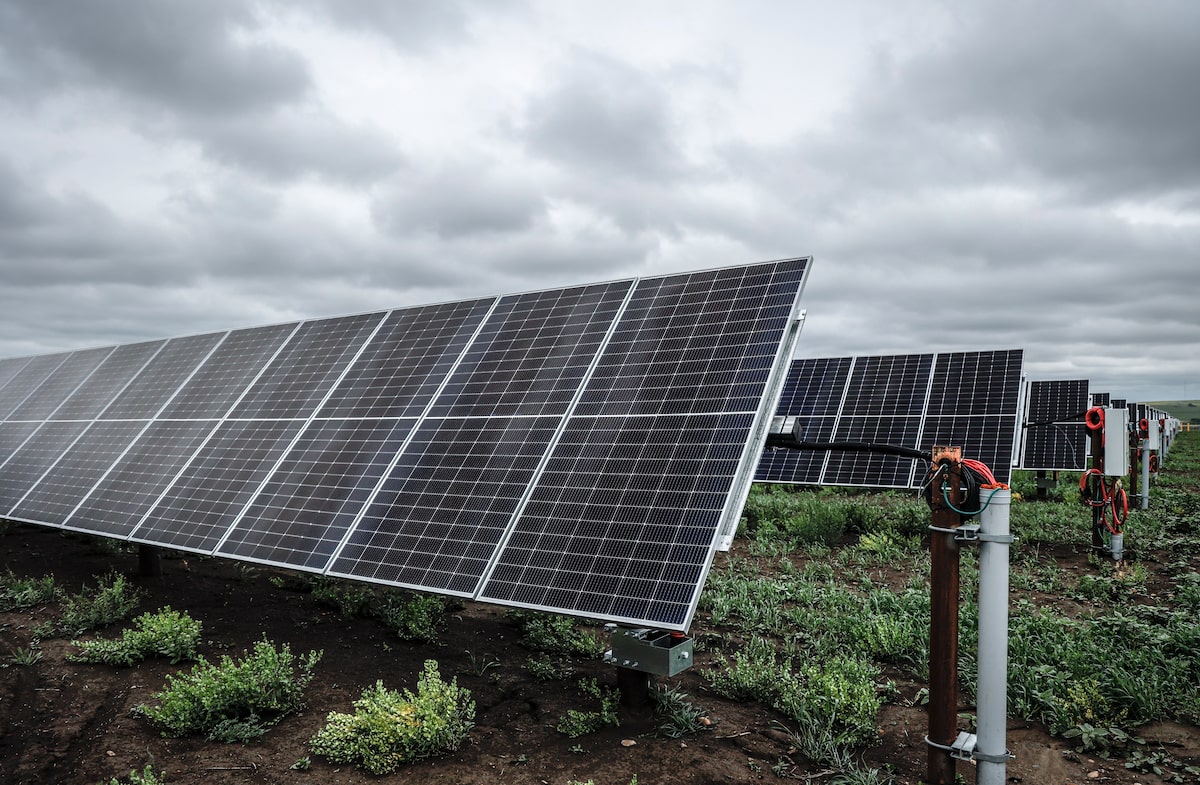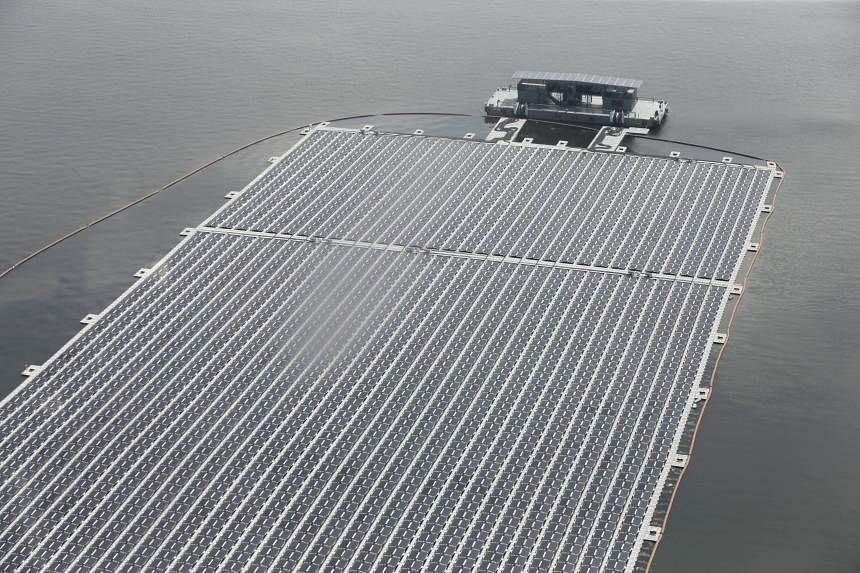Introduction
The Global Residential Solar Shading System Market is poised for significant growth, valued at approximately USD 6.9 billion in 2023, with an anticipated CAGR of 3.60% during the forecast period from 2024 to 2032. These systems, which include awnings, shades, blinds, and shutters, play a crucial role in regulating sunlight entry into homes, thereby optimizing indoor environmental quality and reducing energy consumption.
Market Dynamics
The increasing consciousness about energy conservation and sustainable living is driving homeowners towards energy-efficient solar shading solutions. These systems not only enhance comfort but also contribute to significant reductions in energy costs by minimizing heat gain and reliance on air conditioning. The integration of smart technologies that automate shading adjustments based on solar positioning further enhances their appeal and functionality.
Regional Insights
North America currently leads the market in revenue and is expected to maintain its dominance through 2032. Meanwhile, Asia Pacific is projected to experience the fastest growth. This surge is attributed to the booming construction sector in countries like China and India, coupled with rising urbanization and economic growth which fuels demand for advanced residential infrastructure solutions.
Market Segmentation
The market is segmented based on product type, material, mechanism, and region:
- Product Types: Includes blinds, shades, louvers, and textiles.
- Materials: Metal, glass, wood, among others.
- Mechanisms: Fixed, manual, and motorized systems cater to varying user preferences and requirements.
- Regions: Detailed analysis for North America, Europe, Asia Pacific, Latin America, and Middle East & Africa.
Competitive Landscape
Key players in the market such as WAREMA Nederland B.V., Lutron Electronics Co., Inc, and Hunter Douglas N.V., are focusing on technological innovations and expanding their geographical presence to capitalize on emerging market opportunities. These companies are also investing in R&D to enhance product offerings and meet the evolving demands of modern consumers.
Challenges and Opportunities
While the market offers substantial growth opportunities, high initial costs and the complexity of installation pose challenges. However, ongoing advancements in technology and materials are likely to reduce costs and simplify installation processes, thereby enhancing market accessibility.
Future Outlook
The market is set to expand significantly, fueled by innovations in product design and functionality, along with supportive government policies promoting energy-efficient solutions. As the global emphasis on reducing carbon footprints intensifies, the residential solar shading systems market is expected to witness robust growth, making it an attractive sector for investors and new entrants.
Conclusion
The residential solar shading systems market is a key component of the global shift towards sustainable development. With its potential to significantly reduce household energy use and enhance living comfort, the market is expected to continue its upward trajectory through 2032, backed by technological advancements and increasing consumer awareness about the benefits of solar shading solutions.
Source: taiwannews.com.tw





